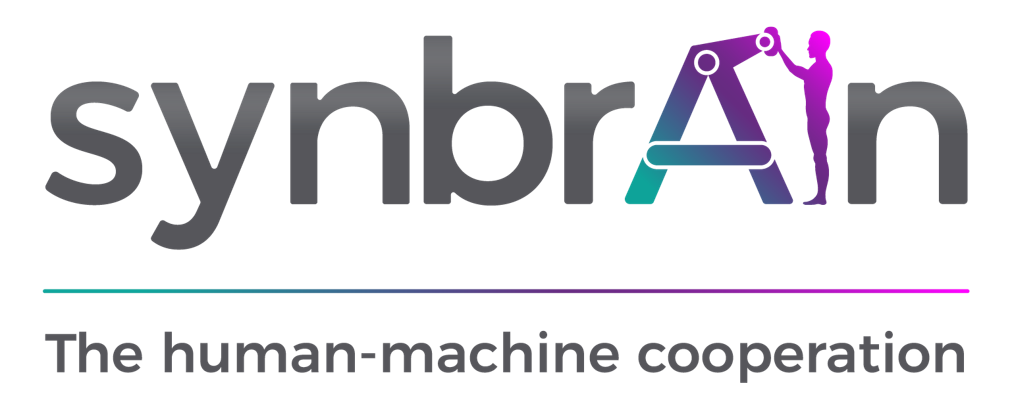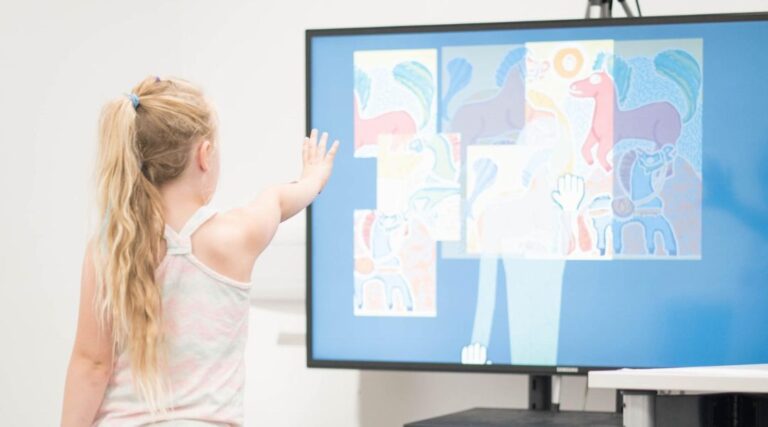Abstract
Twenty-five years past the Weiser’s vision of Ubiquitous Computing, and there is not a clear understanding of what is or is not a pervasive system.
Due to the loose boundaries of such paradigm, almost any kind of remotely accessible networked system is classified as a pervasive system. We think that is mainly due to the lack of killer applications that could make this vision clearer. Actually, we think that the most promising killer application is already here, but we are so used to it that we do not see it, as a perfect fitting of the Weiser’s vision: the Human-to-Human Interaction mediated by computers.
Concluding Remarks
The Weiser’s vision of UC is a paradigm so wide and so comprehensive, that it is difficult for common people to clearly identify what can be classified as one of its implementations or not. On the other hand, we are experiencing a growing need for interaction among humans at any time and at any place. This need can only be completely fulfilled if computers somehow mediate the interaction.
The design of virtual communication environments is most clearly affected by discoveries achieved in all the involved research fields. The goal is to optimize the interactive process on the basis of the objectives to be achieved so that Computer-Mediated Communication can produce the best results in terms of fluid interaction, user satisfaction, performance, and efficiency, but also in terms of the stability and cohesion of the group’s members. All this is to be considered in function of the objectives of the specific context, the target group to which the action is directed, the available time frame, and the type of task to be completed.
The human-to-human interaction mediated by computers is a field that involves all the above-discussed aspects, both from the technological and social points of view. In the next future people will probably interact among them unconsciously by means of an interaction media the same way they wear their eyeglasses to enhance the vision of the surrounding world. One promising way of computer-mediated interaction among humans is the gesture-based one. People are used to interact with the support of body gestures, and in some case, gestures are the only way to convey information, for example in the case of language or physical hindrances. There are several studies in the field of the HCI by means of gestures, and a lot of them are aimed at the intuitiveness of such interaction [15]. This is the needed preliminary step to achieve the goal of a gesture-based HHI mediated by computer.
All these aspects need to be considered by future research with the fundamental goal of giving online groups the benefits of a carefully designed workplace and learning space, as well as the benefits of optimal conditions for communication. Such benefits are based on the principle that certain contexts are more suitable than others for achieving group objectives, given that they follow a logic of affordances determined by the type of interaction used in the operating environment.
The HHI mediated by computers and networks seems the best candidate to become the killer application of Ubiquitous Computing, because it is an actual, pressing and largely shared need, and it must have all the features envisioned by Mark Weiser to be effective. At that point, we should talk about an Internet of Humans, instead of an Internet of Things.
Questo è uno degli articoli scientifici pubblicati da uno o più collaboratori e data scientist di synbrAIn.
Se sei interessato a saperne di più, leggi l’intero articolo qui.




